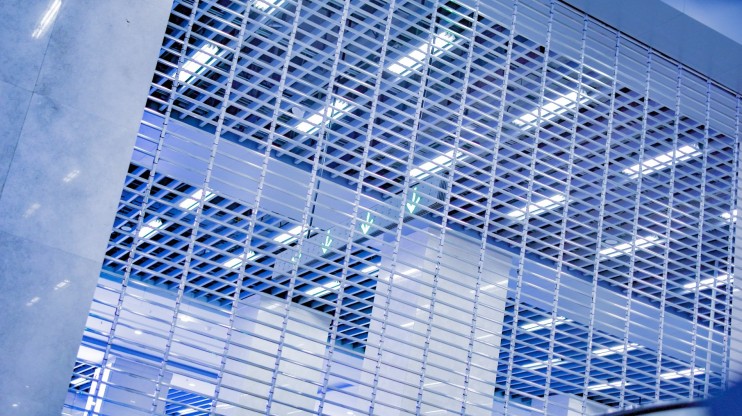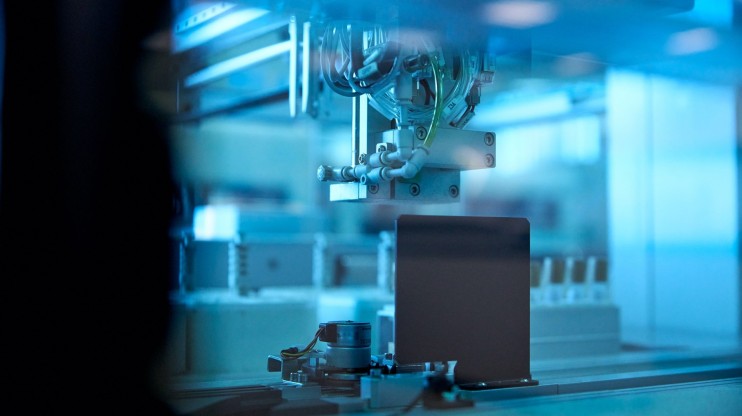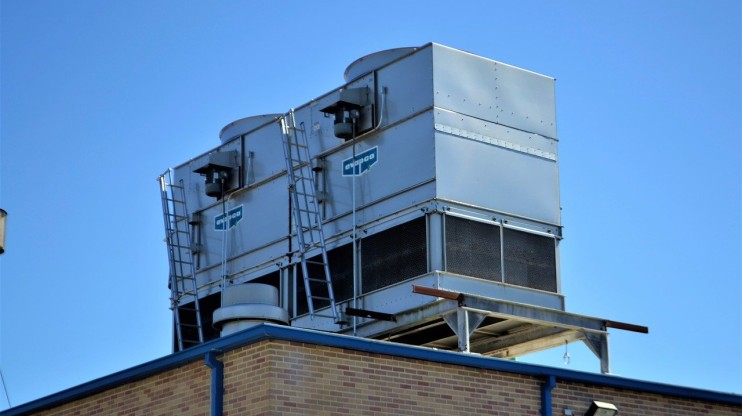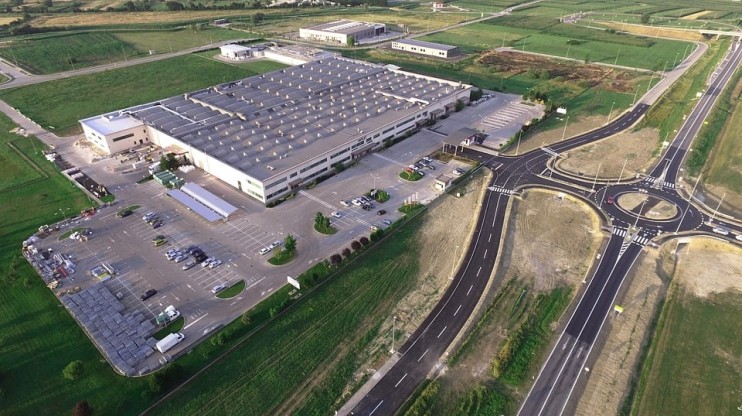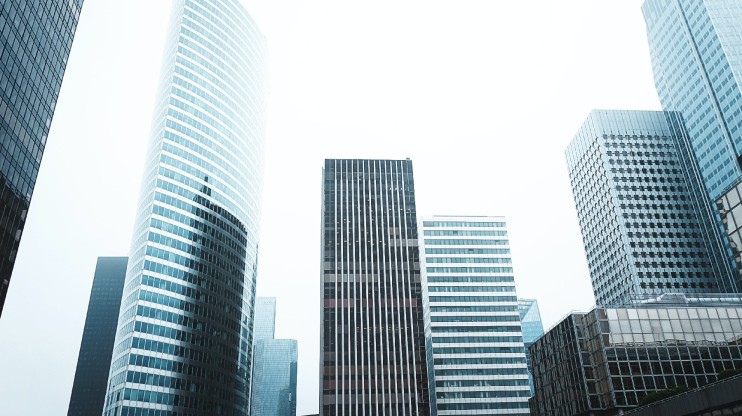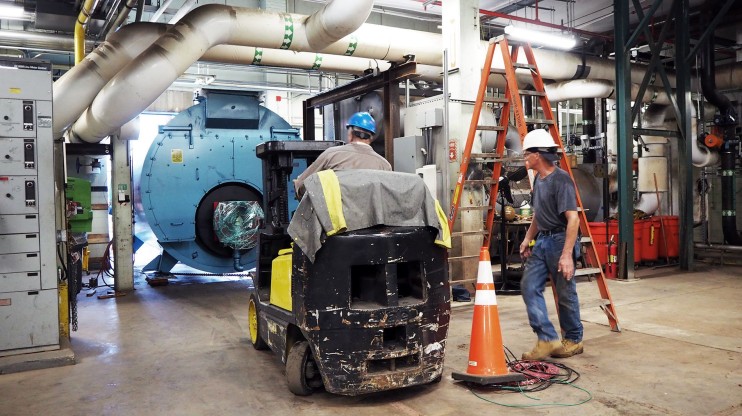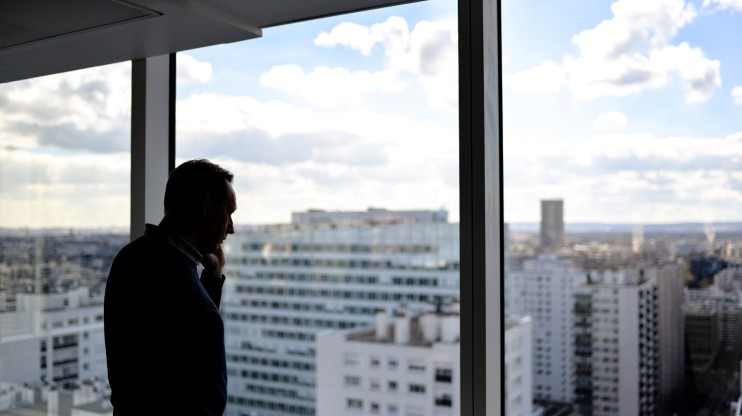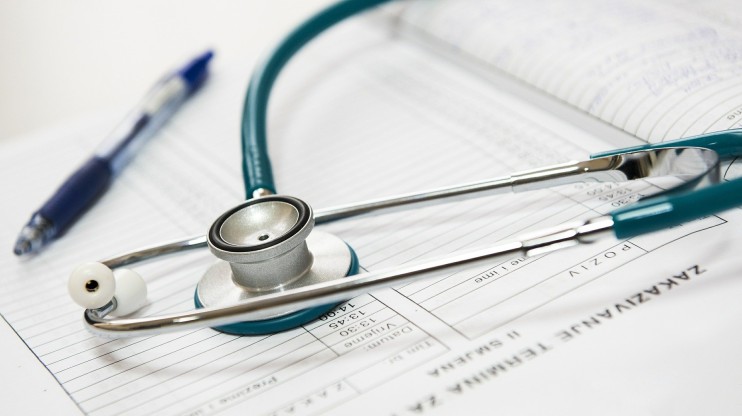
A Prescription for Energy Efficiency in Healthcare
Hospitals are among the most energy intensive facilities in the United States. With the rising cost of energy, many healthcare facilities are seeking ways to cut costs without compromising the quality of patient care.
